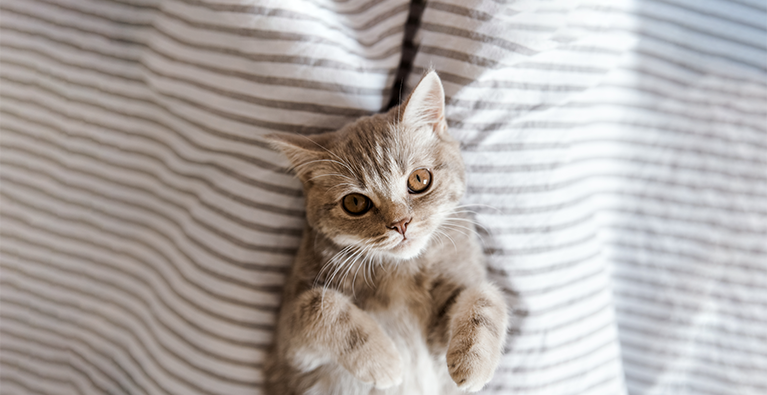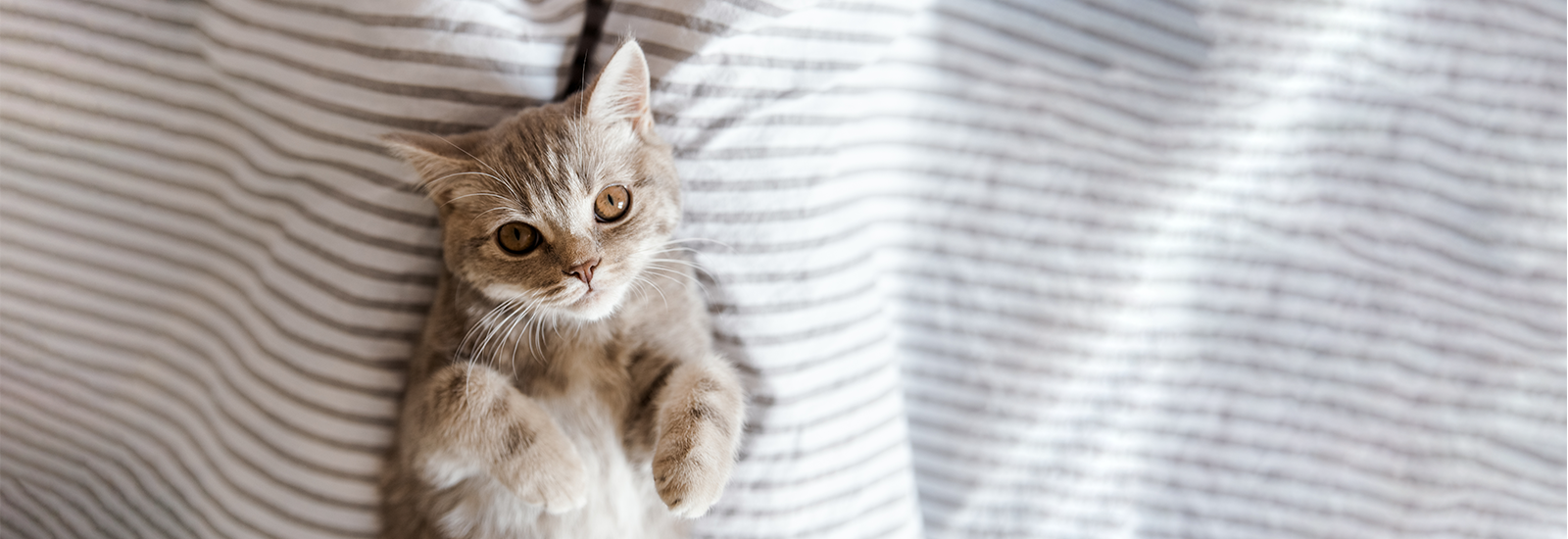Paw care for cats
Cats usually take care of their paws themselves. There are, however, a number of situations in which you should provide active support for your pet. This is especially true for cats who are allowed outdoors and whose paws are subjected to a considerable amount of stress.
The function of the paw pads
Cats have four toe pads on their back paws and a much larger sole pad. On their front paws they also have a “thumb” pad and, higher up, a so-called carpal pad. All of these pads are extremely thick, hairless areas of skin. They contain sweat glands that keep the paw pads smooth and moist. To a limited extent, they are also responsible for thermoregulation, but most importantly, scents are released into the environment when the cat walks on them. These are used to pass on information to other cats.
Another important function of the pads is to act as shock absorbers. Healthy paw pads cushion every step the cat takes, providing relief for the joints. And the pads are also remarkably sensitive: they have special pressure receptors that inform the cat of the slightest vibrations in the ground. These can be very helpful when hunting for mice.
What dangers are there for cats’ paws?
The paws are in direct contact with the environment. There are relatively few dangers for pure indoor cats. However, cleaning agents, for example, can harm the paws, shards of glass from broken objects can cause injuries, and the floor of the balcony can heat up dramatically in the midday sun. In winter, dry air from heating systems can also dry out the pads. In addition, for cats that are allowed outdoors, there is the risk of treading on not only broken glass, but also nails or sharp stones. In the summer, asphalt can become extremely hot, while in winter there is an increased danger posed by salt and grit. These dry out the skin, making it brittle and prone to small cracks, which then serve as entry points for infections. This is why we should regularly inspect our cats’ paws, particularly the pads, especially if they are allowed outdoors.
Cleaning the paws
Unless an indoor cat has, for example, decided to explore the inside of a flower pot, there is usually no need to clean their paws. The situation is different with outdoor cats. Especially on rainy days, you have to expect the worst. If you have a cat flap and do not get there in time, you will be able to see exactly which route the cat has taken through your home by checking the paw prints.
It is helpful to place a dirt-trapping mat outside in front of the entrance to the cat flap. This will, however, only pick up the coarsest dirt, which is why, wherever possible, each paw should be wiped individually with a damp cloth. If your cat’s paws are very wet, it is advisable to dry them in order to avoid a moist environment in which pathogens can spread.
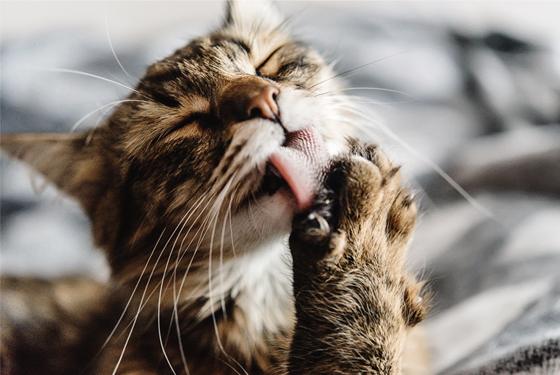
Caring for stressed paws
Heat, cold and especially road salt can cause a cat’s paws to dry out – in much the same way as our hands do. This makes the paws less smooth and supple and much more susceptible to injury. Especially for cats that are allowed outdoors and often come into contact with road salt in winter, it is not only important to give their paws a quick wipe, but also to apply a paw balm. There are a variety of products available over the counter. Avoid milking grease or Vaseline, which are made on the basis of mineral oil, and choose a high-quality cream instead. Apply this to the pads as soon as they are dry. This is easiest to do when the cat is having a nap or is at least not in a particularly active phase. Otherwise, your cat may put up resistance and start spreading the cream all over your home or licking it off. When they are resting, however, most cats will put up with the short procedure without a fuss.
How should I clean my cat’s ears?
In order to promote faster recovery, it is advisable to clean your cat’s ears in between or before using a medicine. This must, however, be done very carefully and you should never use normal cotton buds. These could transport impurities deeper into the ear and damage the eardrum. Ask your vet if they advise using special cotton buds for animals or if it would be better to simply clean your pet’s ears with a cotton cloth. The cloth should only be slightly damp and you should wipe from the inside outwards. An ear cleaner can then be dripped directly into your cat’s ears. This loosens the debris, which falls out when, for example, the cat shakes its head. You can also use the cloth again. This should, however, depend on how well your cat endures the procedure. If it is causing your pet excessive stress, it is better to carry out the next cleaning session at a later point in time.
You may also like this
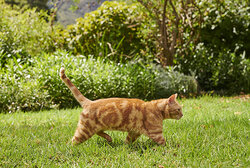
Ticks on cats
How to safely remove ticks from your cat
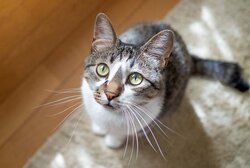
Cat first aid kit
These items are essential
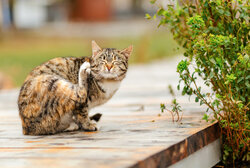
Fleas in cats
An infestation of fleas must be treated thoroughly
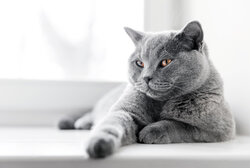
Cats’ eyes
Many eye disorders can only be treated effectively early on
